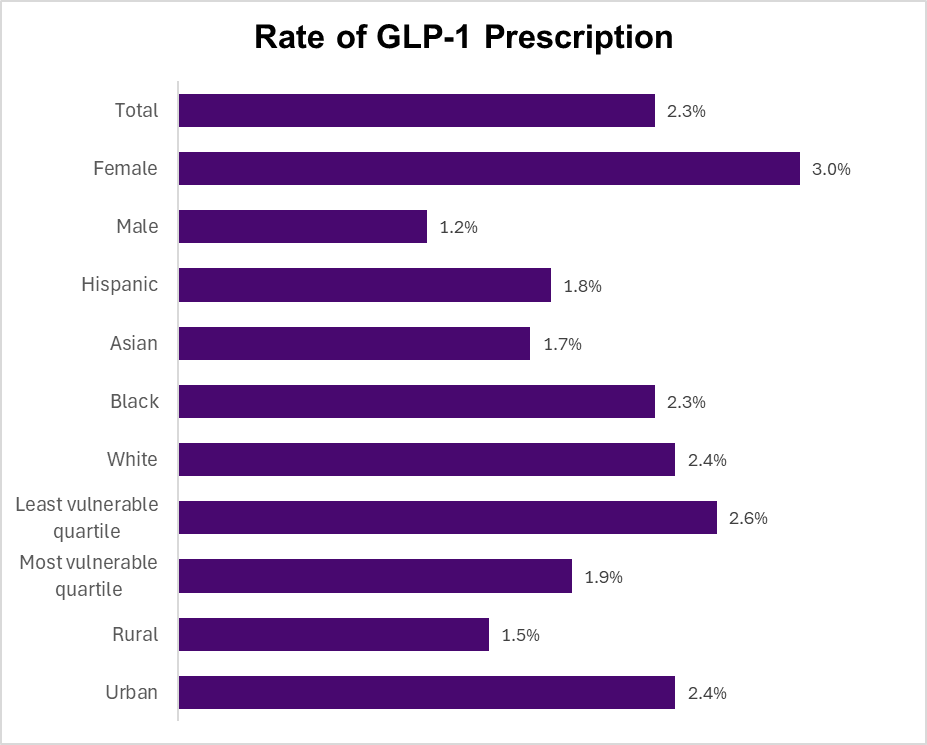Friday Shorts: Student loan collections, gene therapy financing, doctors editing AI, disparities and sick leave
May 16, 2025
A. Student loan collections began last week
The Department of Education has reportedly started sending those who have student loans to “involuntary collection,” and will garnish tax refunds and government payments. This could decrease employee financial wellbeing and could create a talent problem for some companies. Almost half of those who had student loan payments deferred during the pandemic are delinquent, and a substantial portion of total student loan debt (46%) is held by those over 40. Employers can evaluate ways to support employees with student loan debt as part of their overall talent strategy. Options include subsidies, federal repayment programs navigation assistance, and programs that allow employees to direct benefit dollars to student loan repayment.
Here’s a link to a post on this from February that has more details.
WTW associates with clients seeking to provide additional student loan assistance to their employees can contact Greg Doane or Dave Amendola, who lead WTW consulting efforts related to Education Benefits.
B. Gene therapy companies are in trouble
Costs of millions of dollars for a single treatment seem unsustainably high to employers as plan sponsors. But despite these high prices, gene therapy companies are in financial trouble. Bluebird Bio, a genetic therapy company that has approved therapies for sickle cell disease and adrenoleukodystrophy, was valued at $10 billion in 2018, and sold itself to a private equity company for just $29 million earlier this year. To put this in perspective, that sale price represents the revenue the company could receive for just a dozen courses of therapy.
StatNews reported this week on an Italian charitable organization that has spent millions to maintain access in the market to a treatment for a rare type of immunodeficiency. Over 18 months, only two children were treated. Revenue was €1.2 million ($1.4m), and the charity’s costs were €4.7 million ($5.3m). Pfizer discontinued commercialization of its $3.5 million drug Beqvez for hemophilia less than a year after it was approved due to low demand.
The current financing model is failing both patients and drug innovators. Without a more effective financial system, many treatments for rare diseases will not be available, and there may not be investment in new genetic therapies.
C. Disparities in prescription of GLP-1 medications for obesity
Source: Kim, et al, JAMA April 29, 2025. Data collected from July, 2020 to October 2024. This represents prescriptions (some might not have been filled), and does not capture compounded medications. Patients with diabetes were excluded, and only GLP-1s approved for obesity treatment were included.
Researchers using the database from the Epic electronic health record system demonstrated that GLP-1 drugs for obesity are more often prescribed to women, White people, and those who lived in zip codes with higher wealth. Those who live in zip codes with more social vulnerability, people of color, and rural residents were less likely to be prescribed these medications. This research was published in JAMA.
D. Doctors don’t edit AI notes well
Source: Biro, Nature Digital Medicine, April 25, 2025
Large language artificial intelligence models (LLMs) can query large databases in a few seconds and can ease the work of researching and knowledge management. LLMs can provide draft clinical or administrative notes, and AI can power agents that can make appointments and answer customer questions. But AI models can hallucinate, and our confidence in AI is higher because we know that there is a clinician who reviews output before it is sent to patients.
Maybe we shouldn’t count on doctors to fact-check AI, though!
StatNews reports on a study that questions the ability of physicians to effectively edit draft notes prepared by AI to send to patients. Researchers asked 20 primary care physicians to review 18 draft notes created by AI, four of which contained errors known to the researchers. Only a single physician caught all the errors, and most physicians missed 2-3 of the errors. One-third of participants (35%) made no changes at all to the erroneous drafts. This was a small study, and large language models continue to improve at very fast rates, so errors are likely to decline over time. Still, caution is in order.
E. Paid sick leave associated with lower rates of child abuse
Child maltreatment is painfully common; 37% of U.S. children are the subject of an investigation for potential child maltreatment before the age of 18. Researchers analyzed data from a national child protective services database and found that the rates of reported child abuse declined by 11% in seven states and District of Columbia following the implementation of mandated paid sick leave. They found a decrease in child mistreatment in both young and older children, and a decrease in both substantiated and unsubstantiated child maltreatment. A parallel but unrelated study analyzing a law enforcement database found a 10% decrease in reported child abuse. This adds to the literature showing the benefits of paid sick leave.




